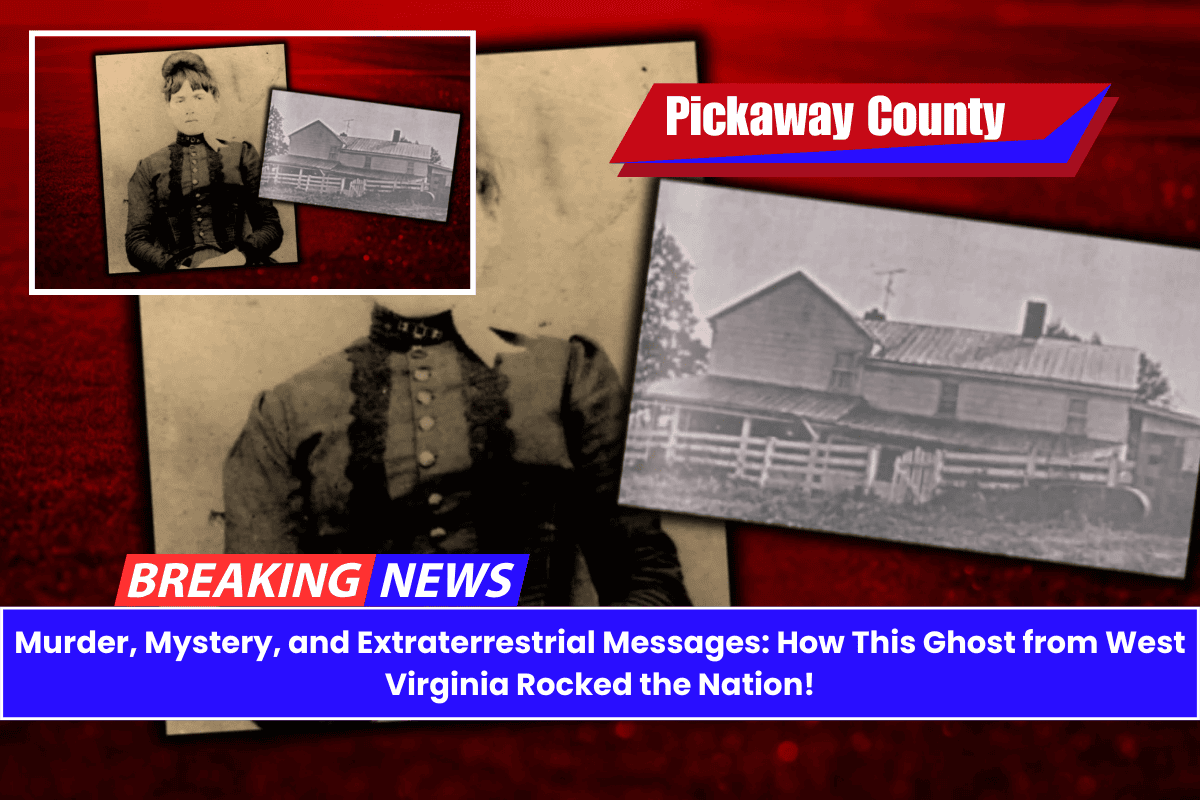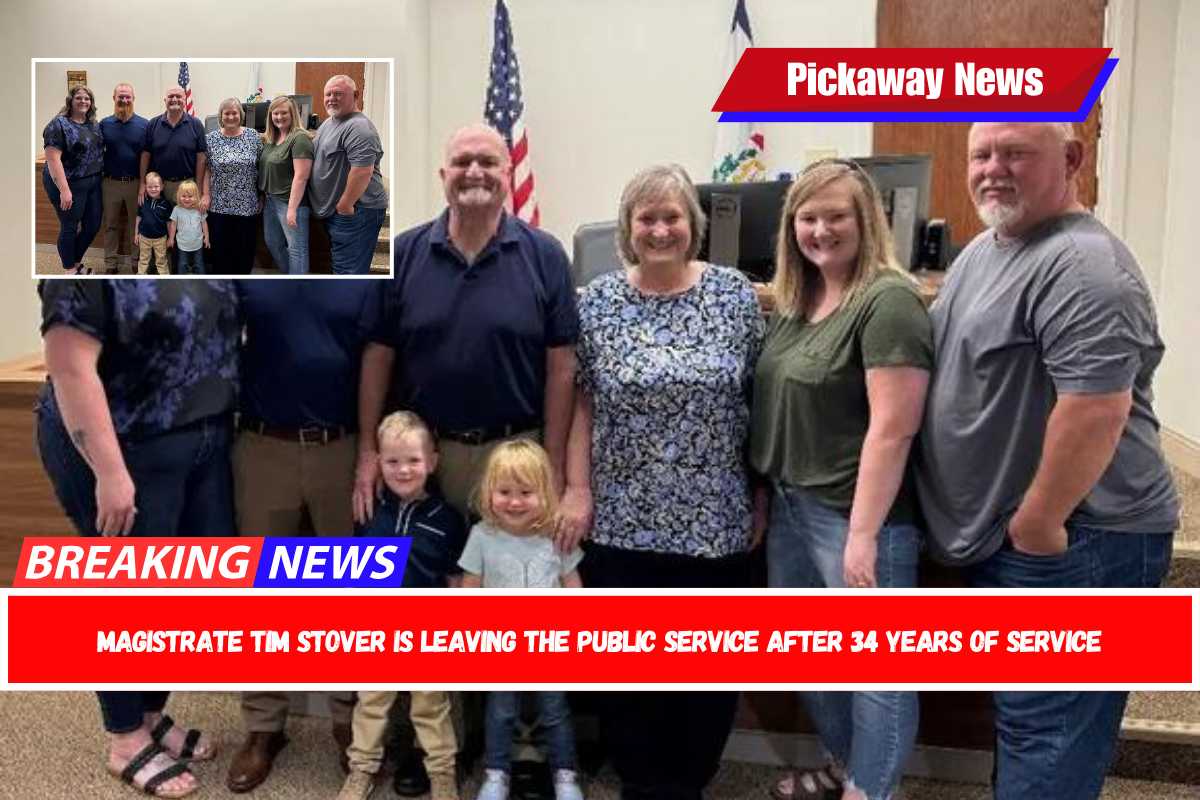LEWISBURG, WV — In 1897, the death of Elva Zona Heaster Shue in her Greenbrier County home was initially attributed to childbirth complications by West Virginia authorities. However, what followed challenged the norms of legal evidence, local folklore, and human belief.
A Brief Union Cut Short
Known as Zona, she had recently married Erasmus Stribbling Trout Shue, a blacksmith with a shadowy past, after meeting him in October 1896. Their marriage ended abruptly when Zona was found dead on January 23, 1897. A doctor, without conducting a detailed examination, declared her death natural, tied to pregnancy issues, and she was buried the following day in what is now Soule Chapel Methodist Cemetery.
Zona’s mother, Mary Jane Heaster, refused to accept this explanation. She insisted that her daughter’s spirit visited her repeatedly after the burial, claiming Erasmus had taken her life.
From Visions to Investigation
Driven by these spectral visits and mounting community suspicion, Mary Jane approached county prosecutor John Alfred Preston. After a lengthy discussion, Preston, perhaps swayed by her determination or public pressure, agreed to revisit the case.
Deputies dug deeper, and the original physician admitted his autopsy had been incomplete. This prompted an exhumation on February 22, 1897. In a one-room schoolhouse, examiners uncovered a grim reality: Zona’s neck was broken, her windpipe smashed, and finger marks indicated strangulation. The findings, published on March 9, led to Erasmus’s immediate arrest for murder.
A Troubled History Emerges
While awaiting trial, Shue’s past came under scrutiny. He had two prior marriages—one ended with accusations of abuse, the other with a wife’s mysterious death. Zona was his third. In jail, he boasted of aiming to wed seven women and predicted his release due to insufficient evidence.
His optimism proved unfounded. The trial commenced on June 22, 1897, with Mary Jane testifying. The prosecution sidestepped the ghost narrative, but the defense, in a bold gamble, grilled her on it. She stood firm, recounting the apparitions, and the judge permitted the jury to weigh her words.
Conviction by Evidence, Not Spirits
Though the ghost story captivated the public, Shue’s life sentence on July 11, 1897, rested on physical proof. A lynch mob nearly seized him from jail, but the sheriff intervened, later charging four of its leaders. Shue died in prison on March 13, 1900, during a disease outbreak, and was buried in an unmarked grave—his deeds enduring in infamy.
An Enduring Tale
Years later, West Virginia placed a historical marker near Zona’s grave, stating:
“Interred in nearby cemetery is Zona Heaster Shue. Her death in 1897 was presumed natural until her spirit appeared to her mother to describe how she was killed by her husband Edward. Autopsy on the exhumed body verified the apparition’s account. Edward, found guilty of murder, was sentenced to the state prison. Only known case in which testimony from a ghost helped convict a murderer.”
This remains the sole U.S. case where a ghost’s alleged input influenced a murder investigation, though the conviction hinged on tangible evidence.
Zona’s legacy thrives in books, plays, musicals, and TV. From Broadway-esque shows to a 2023 opera, Everlasting Faint, premiered in Madison, Wisconsin, her story resonates widely. In 2018, a behavior analyst even credited her as co-author of a journal article, listing her address as “Soule Chapel Methodist Church, Smoot, WV.”
Fascinating Facts
- Fewer than 5% of U.S. murder cases are resolved via psychic claims; most depend on forensics and witnesses (FBI Uniform Crime Reporting).
- Among West Virginia’s many ghost tales, the Greenbrier Ghost stands out for its legal impact (WV Culture & History).
- Using dreams or visions as evidence traces back to 17th-century England but is obsolete in modern U.S. courts (National Criminal Justice Reference Service).
A Moment to Ponder
Mary Jane’s fierce love for her daughter drove her to defy doubt and derision, unearthing a horrific truth. Whether guided by memory or the mystical, her resolve shows justice can emerge from unexpected corners. Her story underscores the unbreakable tie between mother and child, urging us to heed even the faintest voices the world might dismiss.










